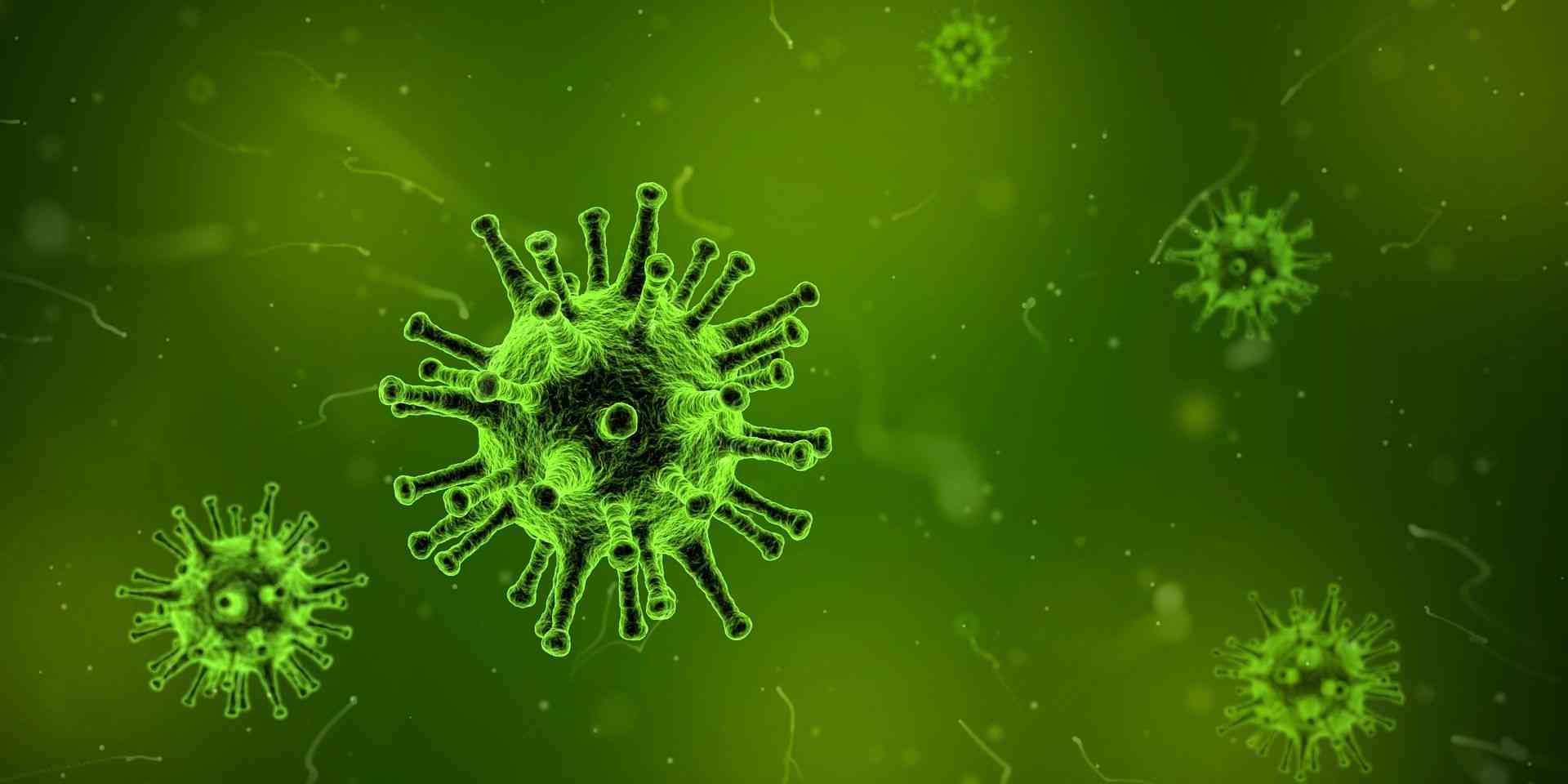The word head transplant sounds like something straight out of the story of Frankenstein. While the story of Frankenstein was a pure sci-fi depiction, some scientists believe that they can perform a head transplant surgery on live humans and keep the body functional. However, this raises many ethical questions about whether it should be allowed or not and what should the person's identity be once a successful transplant is carried out. Today, we will try to focus on the scientific aspect, feasibility, and deterrents of Head transplantation and later on, we will try to focus on the ethical aspect. (article continues below)

First, let’s try to learn more about the concept of head transplantation. From a broad perspective, a head transplant is just like any other organ transplant. We are already familiar with organ transplantations like kidney transplantation, heart transplantation, etc. In this case, the head is the organ that will be transplanted. The body comes from the donor and the head comes from the recipient.
The concept of a head transplant is not new. Several researchers have already tried to transplant head on animal models. Dr. Alexis Carrel, a surgeon, first developed a new way of suturing in the early 1900. His method was effective in preventing post-surgical hemorrhage and embolism. In 1908, Dr. Carrell and an American physiologist, Dr. Charles Guthrie, teamed up and performed the first dog head transplantation. While the attempt was not particularly successful, it paved the way for effective organ transplantation.
In 1953, Soviet scientist and surgeon Dr. Vladmir Demikhov performed the first successful coronary bypass surgery on dogs. His dogs lived more than 2 years after the surgery. In 1954, Demikhov attempted a head transplant on dogs. After the surgery, the dog was able to move, see and lap up water.
While most of the Demikhovs dogs that went through this surgery died within days, this pointed scientists in one direction, which meant something was missing in the recipe that caused the dogs to die quickly! Back then, immunosuppressant agents were not available. Due to the immune rejection of the donor to the recipient, the dogs died so quickly after each successful transplantation (For non-nerds, basically, it means the host dog did not treat the new head as its own and started reacting against it).
Learn fascinating facts about Blood. Click here
In 1970, Robert White, an American neurosurgeon, performed the first head transplant in primates. He utilized immunosuppressants to prevent immune rejection in the monkeys. After three to four hours of surgery, both heads could chew, swallow food, bite and track with eyes.
Even though the transplant was initially successful, the animal died later due to blood loss caused by constriction that developed in the jugular vein. Due to the constriction, blood flow was not sufficient enough and worked as a limiting factor to the success of the surgery.
In 2015, Chinese surgeon Xiao-Ping Ren improved upon the traditional vessel anastomoses process. He cut only one carotid artery and the contralateral jugular vein in his mice subjects. Using this technique, he was able to keep the blood pressure almost normal and reduced trauma to the animal. With this new protocol, Rens’ mouse was able to demonstrate up to 6 months of survival.
While Rens mouse showed more prolonged success than most other head transplants, it missed a vital piece of the puzzle, just like the previous attempts made by other researchers that make it unsuitable to carry out on humans. All the previous attempts were focused on connecting the major blood vessels but none of them focused on connecting the spine. As a result, the subject had to rely either on assisted breathing (as was the case in Robert Whites experiment) or rely on the host head for independent breathing. The transplanted head did not have any effect on motor functions such as breathing or movements.
To overcome this obstacle, Italian neurosurgeon Dr. Sergio Canavero proposed a protocol known as “Heaven” (Head Anastomosis Venture). Canavero proposed that controlled incision of the spinal cord using a diamond head scalpel will help maintain tissue integrity, and then using fusogens, he can fuse the spine of the donor and the recipient together. His proposed protocol will exploit a secondary pathway in the brain, known as the cortico-truncoreticulopropriospinal pathway. It is a gray-matter system of intrinsic fibers which forms a network of connections between spinal cord segments. If the primary corticospinal tract is injured, the severed corticospinal tract axons can develop new connections through these propriospinal neurons (PNs). Studies on animals have demonstrated that the propriospinal neurons act as an “anatomic bridge,” allowing motor function and recovery in animals with a damaged corticospinal tract.
Dr. Canavero believes, with a controlled incision of the spinal cord, he can minimize damage, and after the surgery, most functions will be recovered. Also, he proposed electrical stimulation on the incision site to accelerate recovery citing his recent work that showed promising results while applied on dogs. [5]

While Sergio Canavero has an apparently promising idea, there are several limitations. There are almost no experimental data regarding head transplant in humans. Even though fusogens have shown a reasonable recovery rate in animal models, they did not undergo any spinal transection. [6] [7] Moreover, human neural circuitry is different than that of animals. Since the conditions Canavero cited do not mirror any spinal transection, it leaves room for error and thus being a limiting factor to the proposed idea. Also, Dr. Canavero acknowledged the possible induction of postoperative neuropathic pain. He suggested that it can be dealt with by creating a selective lesion using high-intensity focused ultrasound in the subparietal white matter that targets the sensory component of chronic pain. But again, this is still experimental; there are no clinical studies proving its effectiveness.
Also, due to tissue rejection and immune rejection, as with any transplant, the patient will have to take immunosuppressive drugs for the rest of his life. This will leave him vulnerable to other diseases and may even create complications in the post-operative scenario. There are other technological challenges, for example, keeping the head alive after the transection for the remainder of the surgery. I think this can be addressed using Rens vessel anastomosis process.
To gain approval to perform a trial on humans, the procedure has to be recreated in animal models proving its feasibility. But due to the degree of “cruelty” associated with such surgeries and constant opposition from animal rights activists, very few experiments were performed after Whites experiment on monkeys barring the possibility of improving upon the already existing knowledge.
Due to its experimental nature and low likelihood of improving the patient's conditions, it is a low priority medical procedure. There are no long-term survival statistics available. The chances of failure are very high and this may even lead the donor to death.
Want to learn about Lactose Intolerance? Click here
There are ethical challenges too. What defines “us”? Who are “we”? What the identity of the patient will be after a successful surgery?
There are so many unanswered questions. And due to the nature of the surgery, Dr. Canavero has received a lot of criticism from medical and ethics experts. But is it really impossible? Reaching the moon was impossible until it was done. During the 1500s’ it was also impossible for people to think that it's possible to transplant organs. But now, more than 100,000 organ transplants are being carried out every year worldwide. Given access to the right technology, it is possible to transplant the most complex organ of the human body, the head. Maybe we have to wait a while until the technological challenges and the ethical challenges have been addressed. Perhaps by the end of this century, we may see the first-ever successful head transplant in humans.
Editors Pick:

References:
[1] https://www.ncbi.nlm.nih.gov/pmc/articles/PMC5116034
[2] https://www.nobelprize.org/prizes/medicine/1912/carrel/lecture/
[3] https://www.ncbi.nlm.nih.gov/pmc/articles/PMC5116034
[4] https://www.ncbi.nlm.nih.gov/pubmed/26096690/
[5] https://pubmed.ncbi.nlm.nih.gov/26888177/
[6] http://www.purdue.edu/uns/html4ever/2004/041203.Borgens.PEG.html
[7] https://www.ncbi.nlm.nih.gov/pmc/articles/PMC5116034/#CR7
[8] https://www.ncbi.nlm.nih.gov/pubmed/26880305/
[9] https://www.tandfonline.com/doi/full/10.1080/21507740.2017.1392386
[10] https://peh-med.biomedcentral.com/articles/10.1186/s13010-018-0063-2



